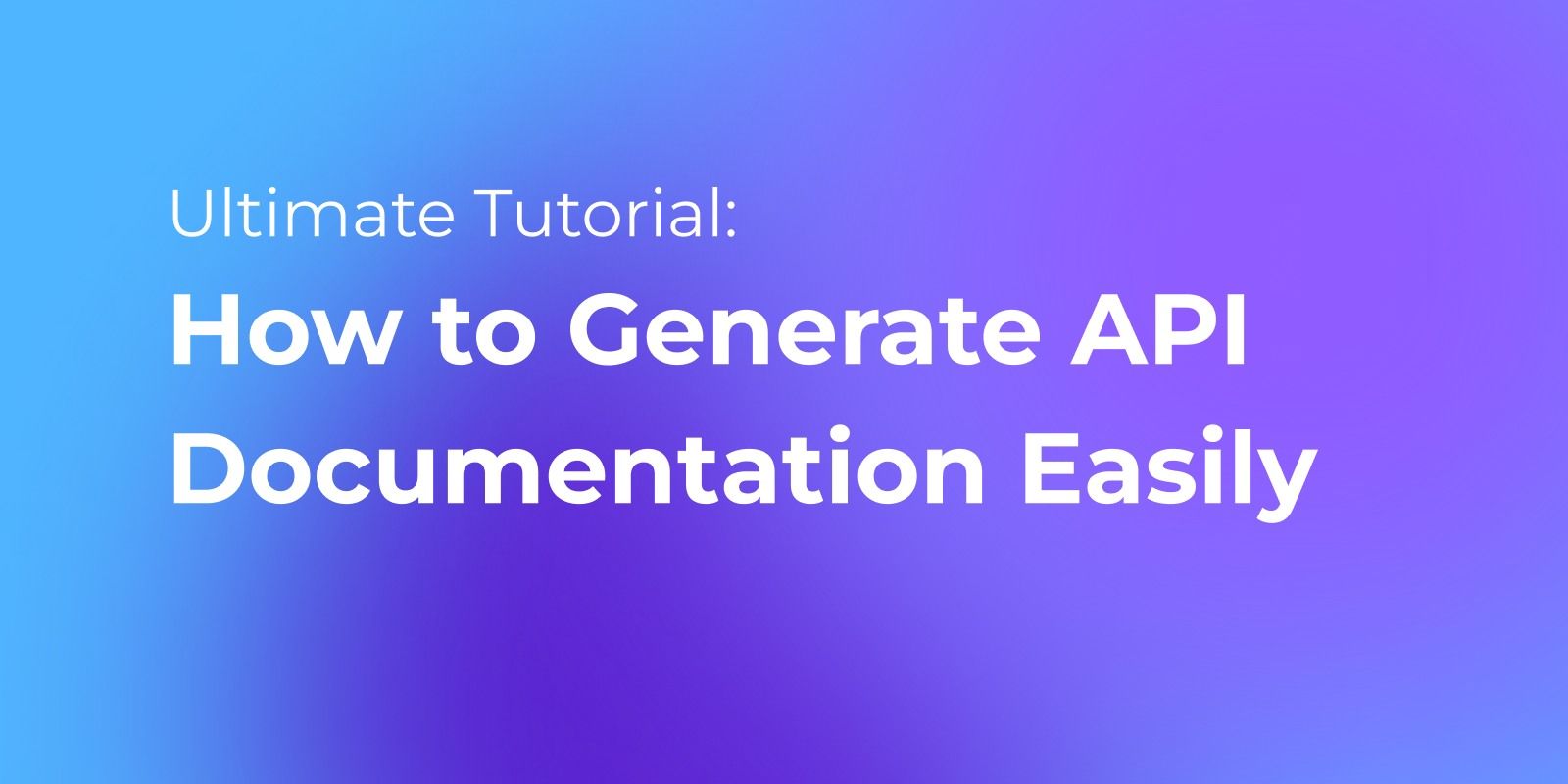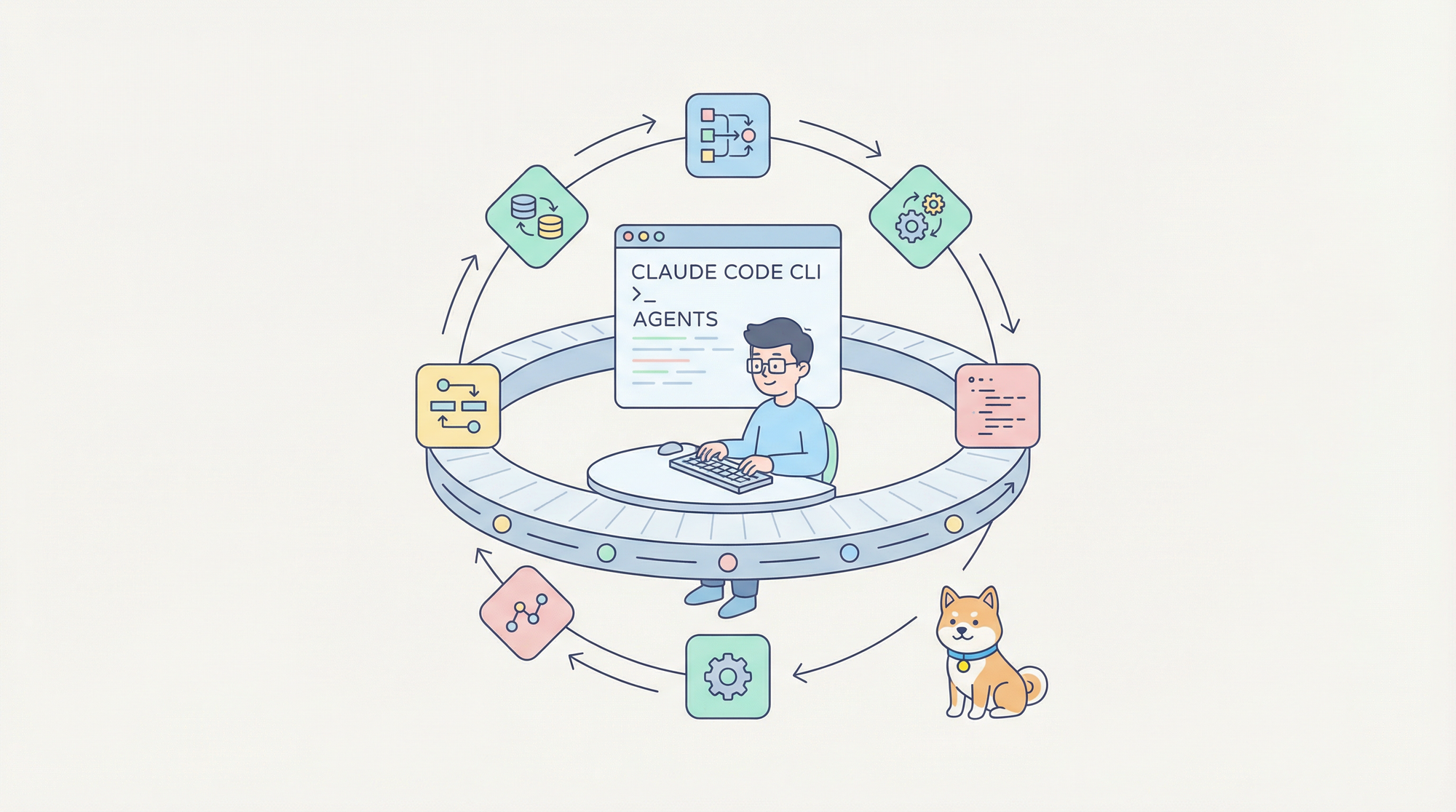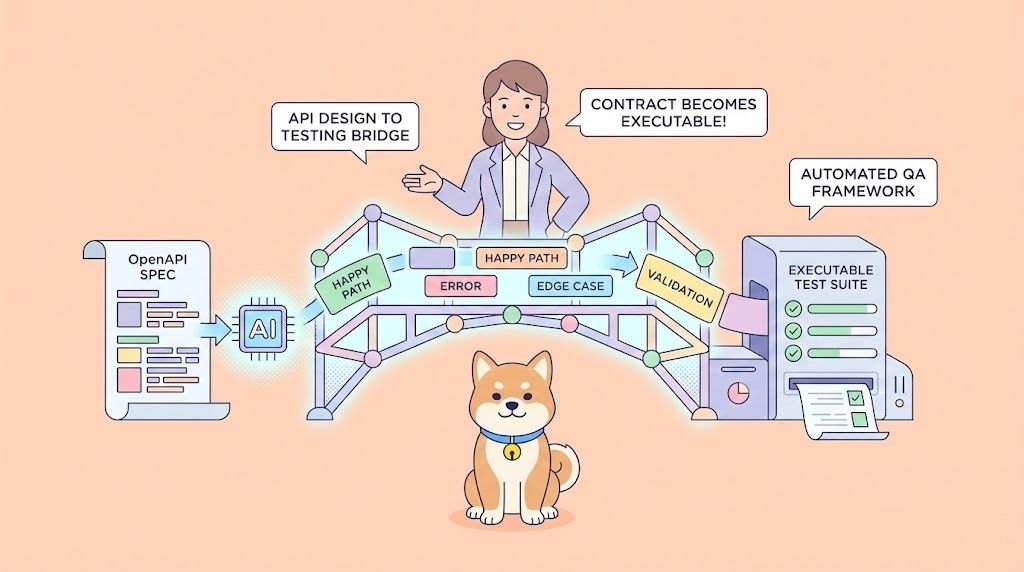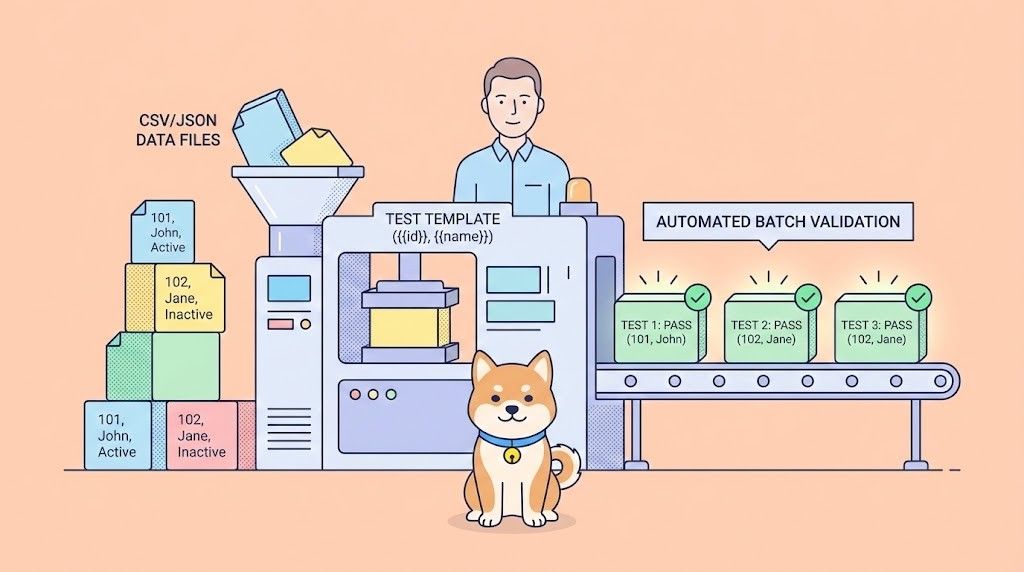API documentation is the backbone of effective API adoption and integration. It serves as a technical guide, enabling developers to understand, implement, and troubleshoot APIs efficiently. Poor documentation can lead to wasted time, integration errors, and frustrated developers, while high-quality documentation streamlines development and fosters collaboration. In this article, we explore why API documentation matters, its key components, and how tools like Apidog simplify the process of creating clear, user-friendly documentation.
The Critical Role of API Documentation in Software Development
APIs (Application Programming Interfaces) are the glue that connects modern software systems, enabling seamless communication between applications. However, an API’s potential remains untapped without clear, comprehensive documentation. API documentation provides developers with the technical details needed to interact with an API, including endpoints, methods, parameters, response formats, and error codes. Without it, even the most powerful API becomes a black box, leading to confusion and inefficiencies.
Consider a developer building a payment processing system using an API. If the documentation lacks clarity or omits key details—like how to handle authentication or interpret error responses—the developer may struggle to integrate the API correctly. This can result in bugs, delays, or even project failure. Conversely, well-crafted documentation empowers developers to work confidently, reducing onboarding time and minimizing errors.
Moreover, API documentation serves multiple audiences: developers integrating the API, technical leaders evaluating its suitability, and non-technical stakeholders assessing its business value. By addressing these diverse needs, documentation bridges the gap between technical complexity and practical usability.
Key Characteristics of Effective API Documentation
To understand why API documentation matters, we must first examine what makes it effective. High-quality documentation shares several essential traits, each contributing to a better developer experience.
Clarity and Readability
Effective documentation uses simple, precise language to explain complex concepts. It avoids unnecessary jargon and focuses on clear explanations of endpoints, parameters, and responses. For example, specifying that a GET /users/{id} endpoint retrieves a user by ID, with the id parameter as an integer, leaves no room for ambiguity.

Comprehensiveness
Comprehensive documentation covers every aspect of the API, including all endpoints, HTTP methods, request parameters, response formats, and error codes. It also includes authentication requirements and rate-limiting details. For instance, documenting a POST /orders endpoint should detail the required JSON payload, expected status codes (e.g., 201 for success, 400 for bad requests), and sample responses.

Practical Examples
Code samples and tutorials are critical for demonstrating real-world use cases. A developer integrating a weather API, for example, benefits from seeing a sample curl command that fetches current weather data, along with the expected JSON response. These examples reduce the learning curve and enable developers to test the API quickly.
Regular Updates
APIs evolve, and so must their documentation. Outdated documentation can mislead developers, causing integration errors. For example, if an API updates its authentication method from API keys to OAuth 2.0, the documentation must reflect this change promptly. Regular updates signal reliability and build trust with developers.
Accessibility and Navigation
Well-organized documentation is easy to navigate, with a logical structure, clear headings, and a searchable interface. Tools like Apidog enhance accessibility by generating interactive documentation that allows developers to test endpoints directly within the interface, streamlining the exploration process.
Why API Documentation Drives Developer Success
Now that we’ve outlined the characteristics of effective documentation, let’s explore why it’s a game-changer for developers and organizations.

Accelerates Development and Onboarding
Clear documentation reduces the time developers spend deciphering an API’s functionality. Instead of reverse-engineering the API through trial and error, developers can rely on well-documented endpoints and examples to start coding immediately. For instance, Apidog’s automatic documentation generator creates standardized, up-to-date documentation with minimal effort, allowing developers to focus on building rather than documenting.
Reduces Errors and Support Costs
Incomplete or unclear documentation often leads to integration errors, forcing developers to contact support teams for clarification. This increases support costs and delays projects. High-quality documentation, on the other hand, anticipates common issues by providing detailed error code explanations and troubleshooting steps. For example, documenting a 429 status code (Too Many Requests) with guidance on handling rate limits can prevent unnecessary support tickets.
Enhances Collaboration
APIs are often used by diverse teams, including internal developers, external partners, and third-party integrators. Comprehensive documentation ensures everyone understands the API’s capabilities and limitations, fostering seamless collaboration. Apidog supports team collaboration by allowing real-time updates to documentation, ensuring all stakeholders work with the latest information.
Builds Trust and Adoption
Well-documented APIs signal professionalism and reliability, encouraging adoption. Developers are more likely to choose an API with clear, user-friendly documentation over one with sparse or confusing instructions. Companies like Stripe and Twilio have set the gold standard for API documentation, earning developer trust through their clear, example-rich guides.
The Consequences of Poor API Documentation
To fully appreciate the importance of API documentation, consider the pitfalls of inadequate documentation. Poor documentation can derail projects and frustrate developers in several ways.
Wasted Development Time
Without clear instructions, developers may spend hours experimenting with endpoints or guessing parameter formats. For example, if a PUT /users/{id} endpoint fails to specify that the id must be a UUID string, developers may waste time troubleshooting failed requests.
Increased Error Rates
Ambiguous documentation leads to integration mistakes, such as incorrect parameter usage or misconfigured authentication. These errors can introduce bugs into applications, requiring additional debugging and testing.
Developer Frustration
Developers value efficiency and clarity. Poorly written documentation, filled with jargon or missing critical details, frustrates users and may drive them to abandon the API altogether. In a competitive API market, this can result in lost opportunities for providers.
Higher Support Costs
When documentation fails to address common issues, developers turn to support teams for help. This increases the burden on support staff and diverts resources from other priorities. Clear documentation, supported by tools like Apidog, minimizes these costs by empowering developers to self-serve.
How Apidog Transforms API Documentation
Creating high-quality API documentation can be time-consuming, especially for teams with limited resources. This is where Apidog shines. As an all-in-one API development platform, Apidog simplifies the documentation process while enhancing its quality and usability.
Automated Documentation Generation
Apidog’s standout feature is its automatic documentation generator, which creates comprehensive, standardized documentation from your API specifications. By importing OpenAPI, Postman, or other formats, Apidog generates detailed documentation that includes endpoints, parameters, and sample responses. This eliminates the need for manual writing, saving time and ensuring consistency.

Interactive Testing Environment
Apidog’s interactive documentation allows developers to test API endpoints directly within the interface. For example, a developer can input parameters for a GET /products endpoint and see the response in real-time, making it easier to understand the API’s behavior without leaving the documentation.
Real-Time Collaboration
Apidog supports team collaboration by enabling real-time updates to documentation. When an API changes, Apidog automatically syncs the documentation, ensuring developers always have access to the latest information. This is particularly valuable for teams working on rapidly evolving APIs.
Seamless Integration
Apidog integrates with tools like GitHub, Postman, and Swagger, streamlining workflows and reducing the need for multiple platforms. For instance, teams can import existing Postman collections into Apidog and generate polished documentation with a single click.
User-Friendly Interface
Apidog’s intuitive interface makes documentation accessible to developers of all skill levels. Whether you’re a seasoned engineer or a beginner, Apidog’s clear layout and visual aids simplify the process of creating and exploring documentation.
Best Practices for Writing API Documentation
To create documentation that resonates with developers, follow these best practices, inspired by industry leaders and enhanced by tools like Apidog.
Understand Your Audience
Identify your primary users—developers, technical leaders, or non-technical stakeholders—and tailor the documentation to their needs. For developers, include detailed technical references and code samples. For decision-makers, provide high-level overviews of the API’s purpose and benefits.

Use Clear, Simple Language
Avoid jargon unless it’s essential, and define technical terms when they appear. For example, instead of assuming developers know what a “bearer token” is, explain it briefly or link to a glossary.

Provide Comprehensive Code Samples
Include code snippets in multiple programming languages (e.g., Python, JavaScript, cURL) to cater to diverse audiences. For instance, a POST /auth/login endpoint should include a sample request in Python using the requests library, alongside the expected JSON response.

Document Error Handling
List all possible error codes, their meanings, and suggested fixes. For example, a 401 Unauthorized error should include instructions for verifying API keys or refreshing tokens.
Keep Documentation Up-to-Date
Regularly review and update documentation to reflect API changes. Tools like Apidog automate this process by syncing documentation with API specifications, reducing maintenance overhead.
Structure for Easy Navigation
Organize documentation with clear headings, a table of contents, and a search function. Group related endpoints (e.g., all user-related endpoints under a “Users” section) to improve usability.
Real-World Examples of Stellar API Documentation
To illustrate the impact of high-quality documentation, let’s examine a few industry leaders that set the benchmark.
Stripe: Clarity and Developer Focus
Stripe’s API documentation is renowned for its clean design and developer-centric approach. It features a side-by-side layout with explanations on the left and code samples on the right, making it easy to understand and implement. Stripe also includes comprehensive error code lists and authentication guides, reducing the learning curve for developers.
Twilio: Practical and Accessible
Twilio’s documentation combines tutorials, code samples, and best practices in a searchable, well-organized format. It caters to both beginners and experienced developers, with step-by-step guides for common use cases like sending SMS messages.
GitHub: Comprehensive and Example-Rich
GitHub’s API documentation provides detailed references for every endpoint, complete with request and response examples. Its clear structure and extensive code snippets make it a go-to resource for developers building integrations.
How Apidog Stacks Up Against Competitors
While tools like Postman and Swagger are popular for API development, Apidog offers unique advantages for documentation. Unlike Postman, which focuses primarily on testing, Apidog provides a comprehensive platform for designing, testing, and documenting APIs. Its real-time synchronization ensures documentation stays current, a feature that Swagger’s static documentation lacks. Additionally, Apidog’s cloud-based accessibility makes it ideal for distributed teams, offering flexibility that desktop-based tools cannot match.
The Future of API Documentation
As APIs become increasingly central to software development, the demand for high-quality documentation will only grow. Emerging trends, such as AI-driven documentation tools and interactive sandboxes, are making documentation more dynamic and user-friendly. Apidog is at the forefront of this evolution, offering features like automated generation and real-time testing that align with modern development needs.
Moreover, the rise of design-first API development emphasizes the importance of documentation early in the API lifecycle. By creating documentation alongside the API specification, teams can ensure alignment between design and implementation, reducing errors and improving collaboration.
Conclusion: Invest in API Documentation for Success
In conclusion, API documentation is not just a nice-to-have—it’s a critical component of API success. Clear, comprehensive, and up-to-date documentation accelerates development, reduces errors, and fosters trust among developers. Tools like Apidog make it easier than ever to create professional documentation that meets the needs of diverse audiences. By following best practices and leveraging Apidog’s powerful features, teams can transform their APIs into developer-friendly resources that drive adoption and innovation.



